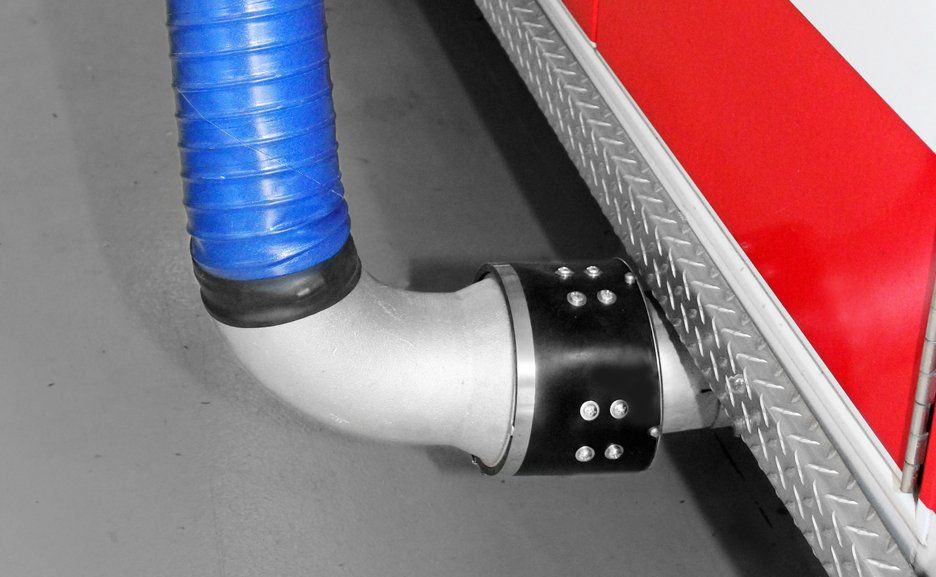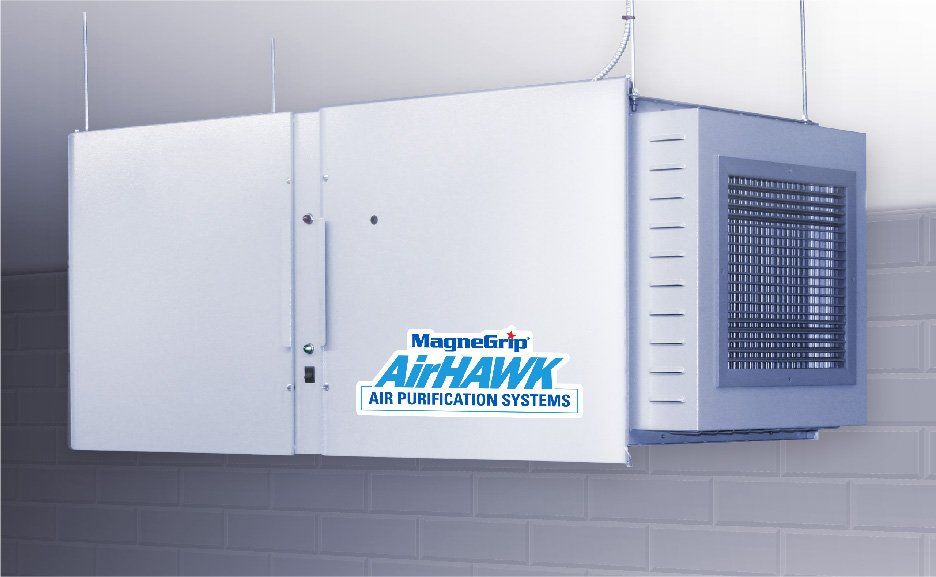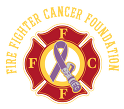THE DANGERS OF DIESEL EXHAUST


What does NFPA state regarding exhaust emissions?
NFPA 1500 7.1.2 Protective clothing and protective equipment shall be used whenever the member is exposed or potentially exposed to the hazards for which it is provided. 9.1.6: The fire department shall prevent exposure to firefighters and contamination of living and sleeping areas by exhaust emissions.
What is diesel exhaust?
Diesel exhaust is a complex mixture of toxic compounds including carcinogenic particulate (soot) and gaseous contaminants (fumes). Some soot particles are large or dark enough to be seen as soot or smoke. Others are respirable particles that can be lodged on the lungs. So small that several thousand of them could fit on the period at the end of this sentence.
Firefighters are exposed to diesel exhaust inside the fire station.
Diesel exhaust in firehouses has been and continues to be a problem for many firefighters. A diesel-powered apparatus generates exhaust whenever it leaves or returns to a station. If not properly captured, this exhaust will enter not only the apparatus bay but also the firefighters' living quarters. As a result, firefighters can be exposed to diesel exhaust for a significant portion of their shifts.
Cancer caused 66% of career firefighter line-of-duty deaths from 2002 to 2019.
According to data from the International Association of Fire Fighters (IAFF), heart disease caused 18 percent of career LODDs for the same period.
NIOSH states there can be no safe level of exposure to a carcinogen.
Therefore a reduction of worker exposure to chemical carcinogens as much as possible through elimination or substitution and engineering controls is the primary way to prevent occupational cancer.
Local exhaust extraction is needed, even with modern diesel engine technology.
A NIOSH study done in 2016 (HHE Report No. 2015-0159-3265), recommends a local exhaust ventilation system for a station, despite the station carrying modern engines that employed ultra-low sulfur diesel fuel and contained diesel particulate filter and regeneration systems.
Firefighters spend 65% of their time in non-emergency duties, and only 1% on fire suppression.
Firefighters could spend 10 hours or more of a 24-hour shift inside. Fire departments need to reduce the risk of exposure to all gases and contaminants within station walls. Source: Occupational Medicine 2014:64:428-435
Diesel exhaust is being linked to life-threatening illnesses.
Men with a higher exposure to diesel exhaust over a 5 to 10 year period were at least 20 percent more likely to develop ALS than men with no exposure. Source: Aisha Dickerson, PhD, Harvard T.H. Chan School of Public Health
Undefined exposure limits.
Diesel exhaust contains gases, particulate and more than 40 potentially toxic compounds. And yet, occupational exposure limits for diesel particulate matter have not been established by OSHA or NIOSH. Source: ncbi.nlm.nih.gov
Ultrafine particles may result in more adverse effects than fine particles.
Ultrafine particles can penetrate into the small airways and alveolar region, where they may exist for weeks or months. Source: Oberdorster G. Pulmonary effects of inhaled ultra fine particles. Int. Arch. Occup. Environ. Health. 2000: 74(1):1-8
FREE Grant Assistance Available
MagneGrip offers FREE expert assistance to fire and EMS departments in securing grants for exhaust removal and air purification systems. Protect yourself with MagneGrip. ONLY the combination of MagneGrip's Exhaust Removal Systems and AirHAWK Air Purification Systems are guaranteed to eliminate 100% of all airborne toxins from within the fire station.







Share On: